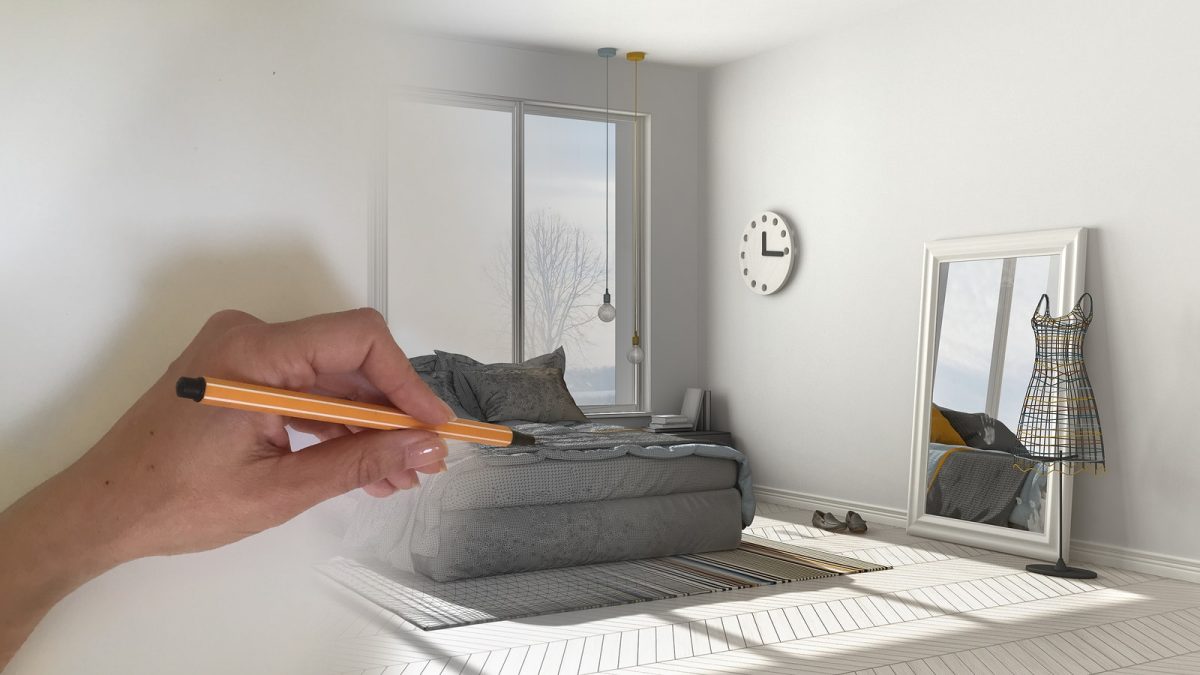Like any profession, interior designers face a number of liabilities. And like any profession, interior designers should be covered by adequate insurance to protect them against the possibility of being sued. It sounds drastic, but you never know when one of your clients will pursue legal matters for what you perceive to be something small.
While no one wants to have to go through the reputational, professional and financial mess of dealing with held liable for mistakes on the job, having interior insurance in place will add peace of mind. Any lawsuit can be costly, so it’s important to look at a number of possible reasons why interior designers can be sued.
Bad Advice
Homeowners going through a renovation or complete decor rehash put their trust in you the designer. Supplying them with information or advice that turns out to be wrong and can be proven that it’s wrong will assuredly backfire. Giving bad advice will cause issues and the client(s) can turn around and sue a designer they have hired.
Changes
Designers need to keep their clients updated about even the smallest changes to their original plans. If this doesn’t happen or if a designer moves ahead on plans that have not yet been agreed upon the client has grounds to sue. Customer needs have to be prioritized correctly; if not, the interior designer will find themselves in legal issues.
Scheduling
The biggest issue most clients have with interior designer is keeping to a strict schedule. They want the job done at a certain point and only have so much wiggle room to change up their expectations. Failing to adhere to a timetable of the delivery of the finished product can cause a breach of contract that has been agreed on.
Materials Used
Just like the importance of keeping the client in the know of any scheduling issues or changes to the project, using different materials than expected, such as flooring or type of tiles, has to be okayed first. If not, clients have every right to bring this against you legally.
Failure to Deliver
A client has a vision of what they want and they’ve hired you and your team to make it happen. The finished product should be either exactly like they envisioned or similar enough with maybe some tweaks that they’ve agreed upon. Everything from the timeframe to the smallest details should be delivered at the end. If not, this could be a nightmare for you the designer, leading to a number of liabilities.

